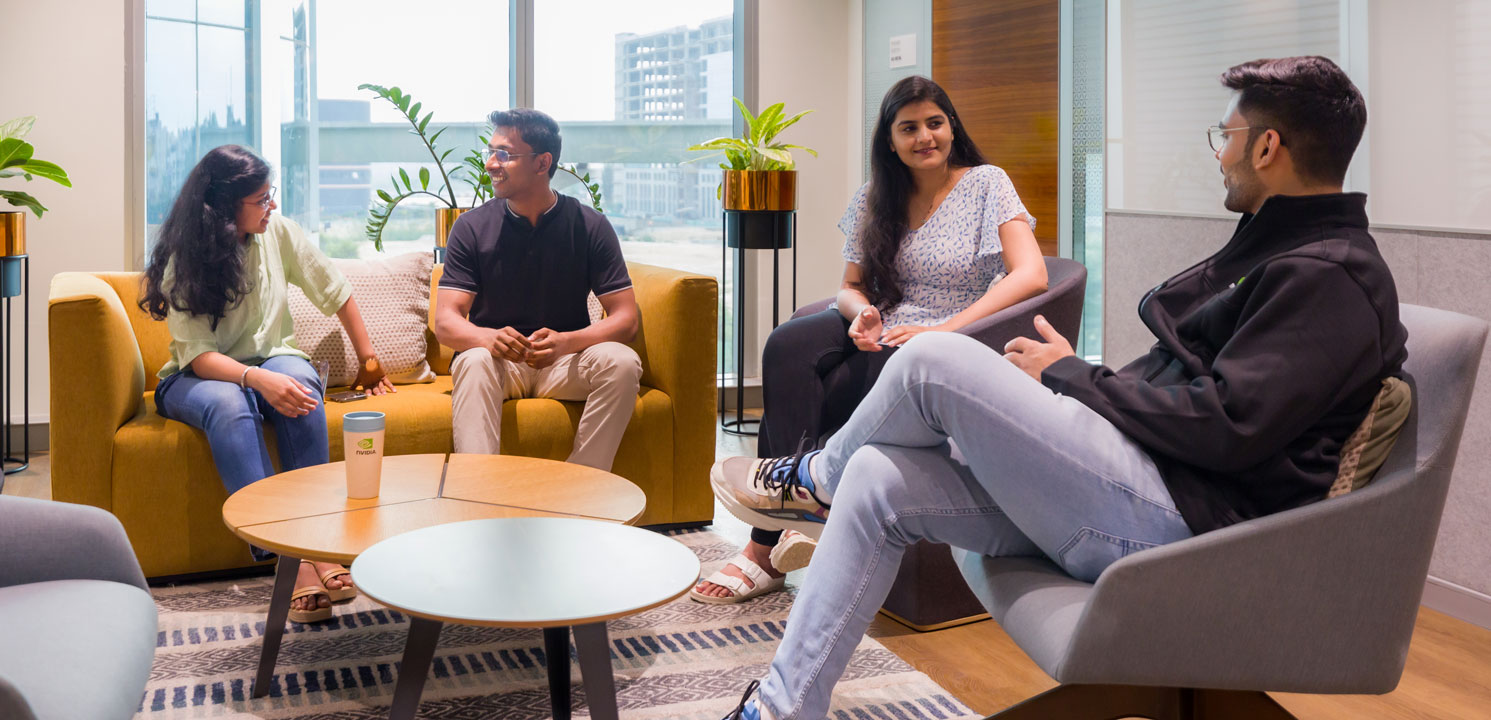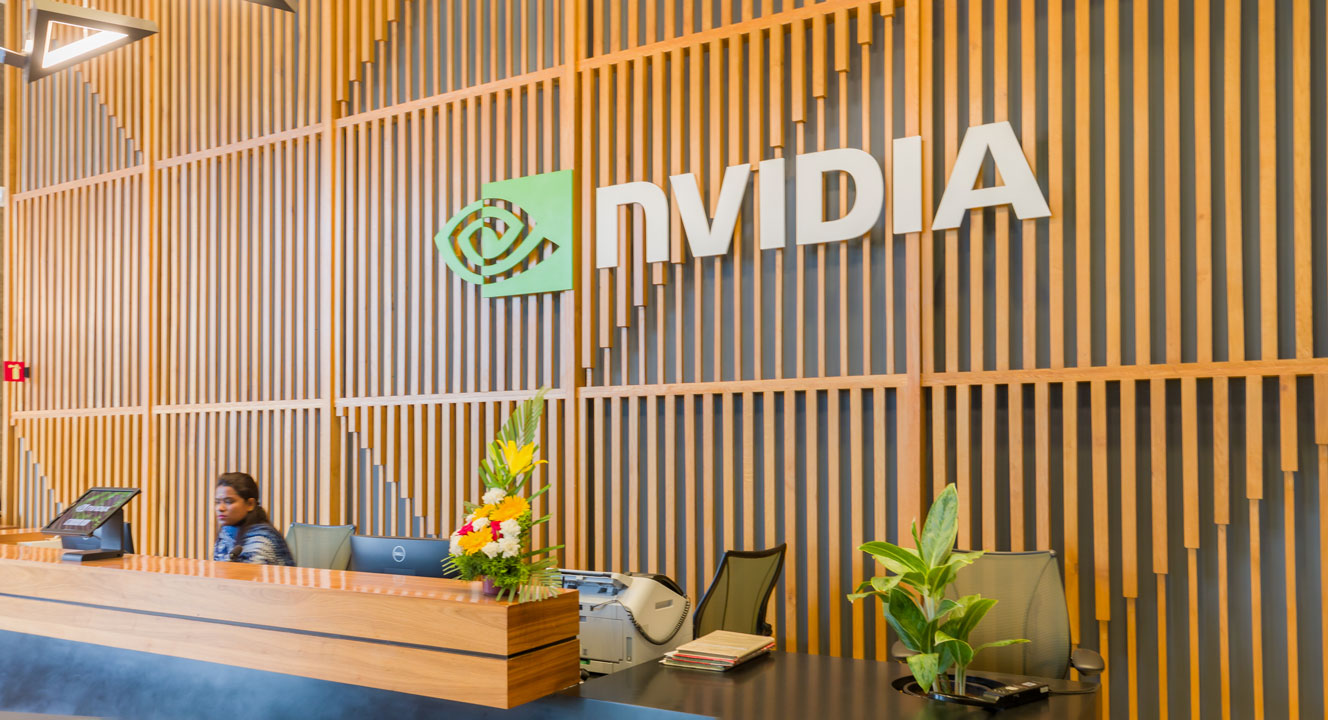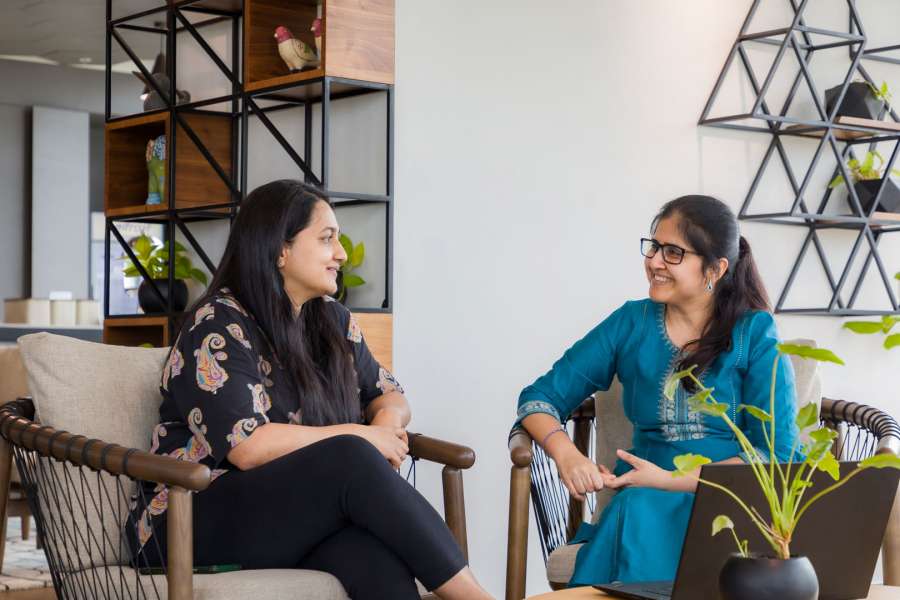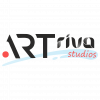Define the End Use & Goals
Start by asking: Where will these images be used, and what story should they tell? Your goals might include:
- Highlighting your work culture, people your workspace, ambience, or facilities.
- Bringing out the human connect in what you do.
- Depicting your technology and processes — realistically, without revealing confidential details.
It helps if your photographer has a basic understanding of your product or service. This ensures captured moments look natural, relevant, and aligned with your brand.
Identify Your Talent
- Decide who will represent your brand in these images — employees, leadership, clients, or vendors.
- Choose individuals who naturally embody your company’s values and energy.
- Discuss intended uses of the images clearly and record consent. Have model release documentation ready for each participant.

Wardrobe & Styling
A professional stylist can be helpful but isn’t mandatory. What matters most is clarity:
- Communicate dress guidelines in advance.
- Prefer neutral, solid, or pastel tones — they keep attention on expressions and interactions.
- you may try to subtly include your brand colours
- Avoid loud patterns, distracting accessories, or heavy branding.
Even small touches like neat grooming or consistent colour palettes go a long way in creating a polished, unified look.
Identify Locations
Scout your office or workplace to find spaces that best reflect your brand.
- Shortlist areas that look visually engaging and uncluttered.
- Identify the best times of day for natural light in each spot.
- Consider both formal (meeting rooms, workstations) and casual (lounges, corridors, cafés) zones for variety.

Create an Essential Shot List
A good shoot balances structure and spontaneity. Work with your photographer to build a shot list — not to restrict creativity, but to ensure key stories are covered.
Common inclusions:
- Team interactions and collaborations
- Leadership or core team portraits
- Environmental portraits (people within their work context)
- Meetings, brainstorming sessions, or casual discussions
- “Action” shots — designing, testing, coding, presenting
- Ambient images of the workspace and subtle brand elements
Discuss & Finalise the Plan
Once you have the basics outlined, it’s time for an on-location consultation with your photographer.
- Review the shot list together.
- Walk through your office to visualise framing, lighting, and angles.
- Schedule shoot times that align with natural light and employee availability.
- Discuss any additional needs such as props, lighting equipment backdrops etc.
Pro Tip: Natural light often gives the most authentic results, but not all areas may have sufficient brightness. Plan for supplemental lighting or reflectors where necessary — it can make all the difference in maintaining image quality without losing realism.
Corporate lifestyle photography, when done thoughtfully, bridges the gap between what your company does and who your company is. It gives potential clients, partners, and employees a real sense of your culture and values — something no brochure or paragraph can fully convey.
By investing time in planning — defining goals, selecting the right people and spaces, and working closely with your photographer — you create images that go beyond aesthetics. They become authentic stories of your brand, told through the people who make it thrive.

